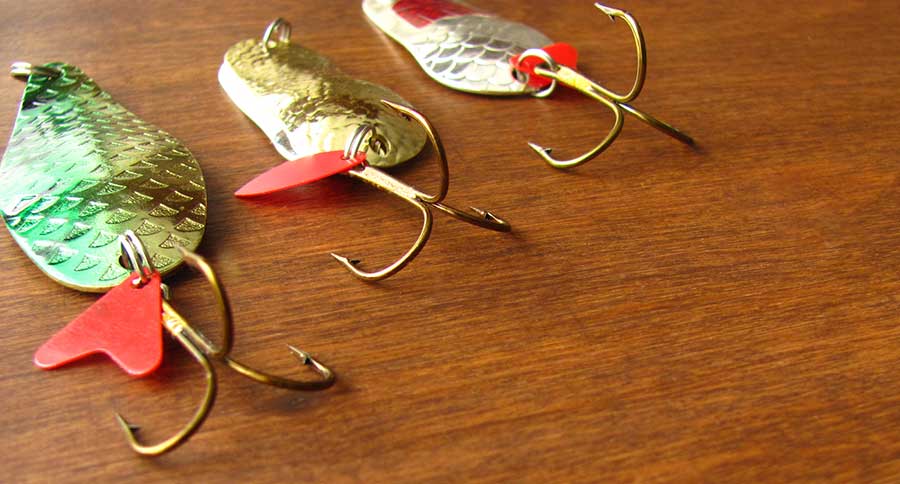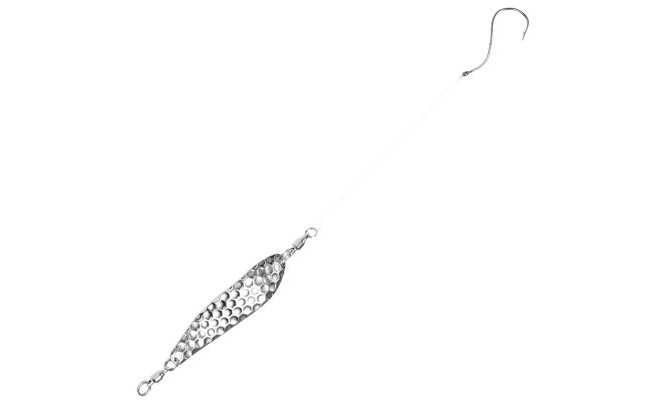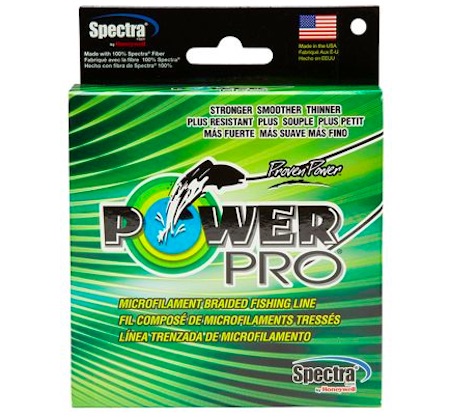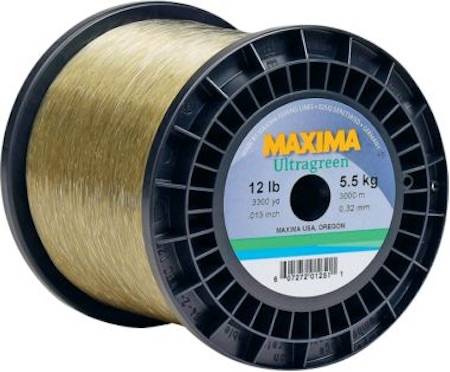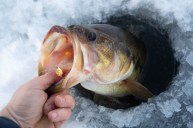Spoon fishing for bass is a tried and true method for putting more fish in the boat.
Fishing for bass with spoons might be the best all-around deep water lure choice for anglers the year round, but the truth is, they're great anytime bass are deeper than 10-15 feet.
Shallow water might be where the fun is at the height of bass fishing season, but the fact remains that a vertical jigging spoon in deep water can dredge up some big bass.
There are some differences between casting spoons and a simple flutter spoon that make defining the use of each all the more important. Bass fishermen everywhere that try this method to catch bass will tell you that it works in many types of water, including creek channels, clear water, and especially deeper water.
This is also a good cold water technique since the erratic action of the spoon fall makes for a great enticing factor for big bass when they slow down in the fall and winter.
Bass fishing lures come and go, but some of them and the techniques used to make them great are what stand the test of time, and spoon fishing for bass is one of them.
Here are a few dos and don'ts when it comes to using this method to put bass on your line and in your boat:
1. Use a flutter spoon
Wobbling spoons such as the venerable Dardevle have been catching fish for a long time, but the issue with using a spoon with such a wobble is that it can do what veteran fishermen call "hunt" too much.
Flutter spoons don't do that: they drop straight down and stay in the strike zone, where a wobbler will go too far off course at times and end up out of it. This can be a real problem if brush is present.
2. Think deep
After bass leave the confines of shallow water in the late spring, staples like the Carolina rig or Texas rigged plastic worms will come into play, but there are times when spoons will out-fish those conventional offerings. Since they mimic wounded baitfish so well they can be fished fast to generate reaction strikes and even feeding strikes.
Slowing down the speed of your presentation will keep the bait in the strike zone longer and even work as a search bait.
3. Don't lose your concentration
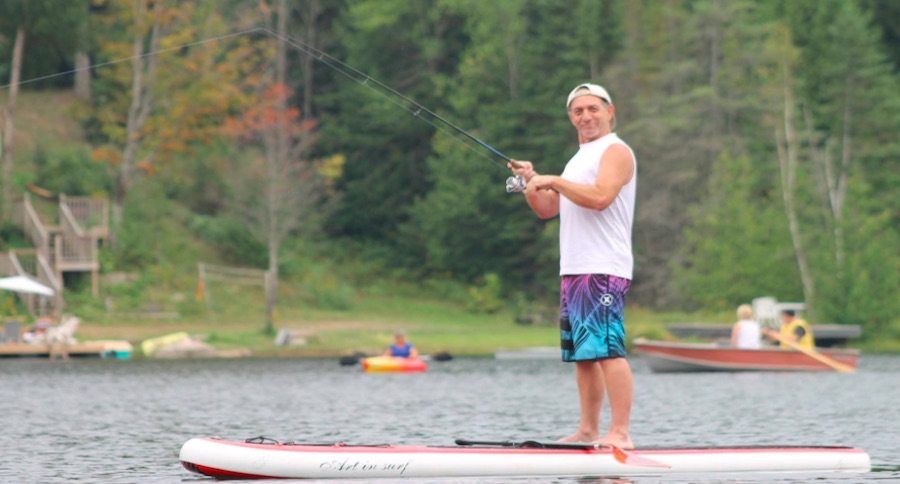
Craig Raleigh
It seems more often than not that the bass aren't biting. That scenario is the anglers worst nightmare, but the finesse of the spoon can get you past it. Paying attention during a difficult bite is what can make the difference between success and failure.
The correct presentation involves lifting the bait as opposed to snapping it upwards and letting it fall on a semi-slack line.
4. Braid over mono?
Ever since braid showed up on the market all those years ago, I've been hooked (no pun intended).
That being said, mono still has shown itself, for me, to be the line that disappears the best in the water column.
The issue for spoon fishing—particularly jigging—is line twist. A quality ball-bearing swivel can alleviate some of the issue, but most prefer to tie their bait on directly.
5. 12-17 Pound test
A medium heavy rod and the proper casting reel are the gear of choice here. Depth of the water and lure weight will dictate what pound-test you may want to use.
In deeper water, heavier line or braid may be the best choice since hook set may be an issue, but you will lose sensitivity and feel for the spoon the heavier you go.
6. Single hook vs. treble
A few years back I was casting spoons for early season trout in the big waters of Lake Ontario and having zero luck when I switched to a single hook Rapala Minnow Spoon, which I can only find on their Euro site and eBay now. I started getting immediate action on the chartreuse pattern, but had a terrible time hooking up.
The difference for bass fishing is the early season weed beds are still submerged and waiting to gunk up your treble. If you're concerned with hooking up, you don't have to worry about it when you're not getting any strikes. In my case I think that my technique was poor and I was setting the hook too hard. Here's the optimum time to slow down.
As we all know, retrieve speed, cold weather, and weight of the spoon all have an effect on success rates. Good electronics will help you find a school of fish, but your own good technique based on subtlety and patience will be the main factor in putting big fish on the hook.
Looking for a little more? Follow my webpage, or on Facebook and Twitter.
NEXT: $50,000 IS SWIMMING IN AN IDAHO LAKE
WATCH
